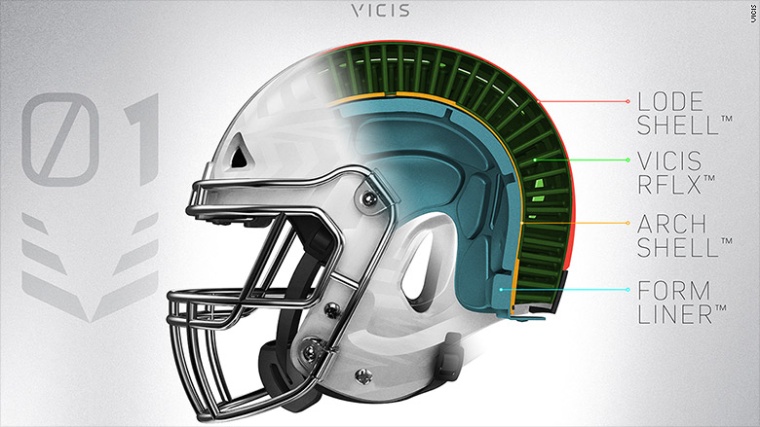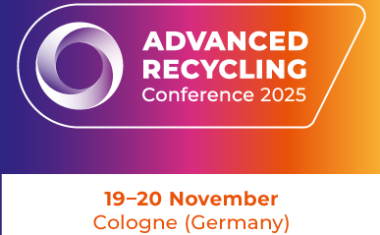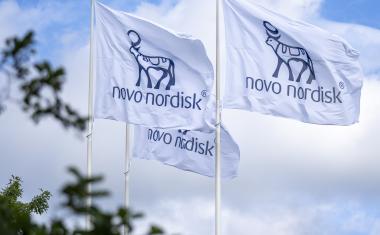Chemistry is ... Safety through Freedom of Design
Football helmets with polymer damping from the 3D printer: American football is a fascinating sport that is gaining more and more fans in Germany and elsewhere.
A game of grass chess with maximum physical exertion: this is how American football could be described without exaggeration. Once you have understood the basic rules and tactical finesse of this game, you will understand the enthusiasm of the fans. Through hundreds of rehearsed moves, one team tries to outwit the other and get the ball into the opponent's end zone. The opponent tries to prevent this by blocking. Collisions are inevitable when playing man-to-man, which is why the players wear protective equipment.
American football is also a risky sport in which joint injuries and concussions are commonplace - most recently seen in the divisional playoff game of the reigning Super Bowl champions Kansas City Chiefs, where star quarterback Patrick Mahomes had to be led off the field in a daze after a collision. Chemical materials play a central role in the equipment used to protect athletes; without polymers, for example, modern protective helmets would not be possible. As a rule, football helmets consist of a hard polycarbonate (PC) outer shell with an elastic inner lining and are optionally equipped with a visor (also made of PC). In combination with state-of-the-art manufacturing techniques such as 3D printing, the materials open up new, unimagined possibilities.

No sport has more brain injuries than American football. For a long time, the National Football League (NFL ) ignored the problem, but the league is now actively tackling it and has taken up the cause of reforming the game. Rule changes are intended to reduce the risk of injury without taking the dynamism out of the sport. A second important and obvious protective factor is the players' equipment. Helmet manufacturers - co-financed by the NFL - are developing ever more sophisticated concepts to minimize the impact of hits to the head.
One example is the Riddell helmet model currently used in the NFL, whose 3D-printed cushioning elements made of EPU are individually adapted to the athlete's head following a 3D scan. The US sporting goods manufacturer has enlisted the support of 3D specialist Carbon to develop a helmet liner that is made up of individual pads and consists of more than 140,000 individual 3D-printed struts that form a network. The material used is an elastic polyurethane (EPU). After 3D scanning the head, a customized helmet liner is created for each player.

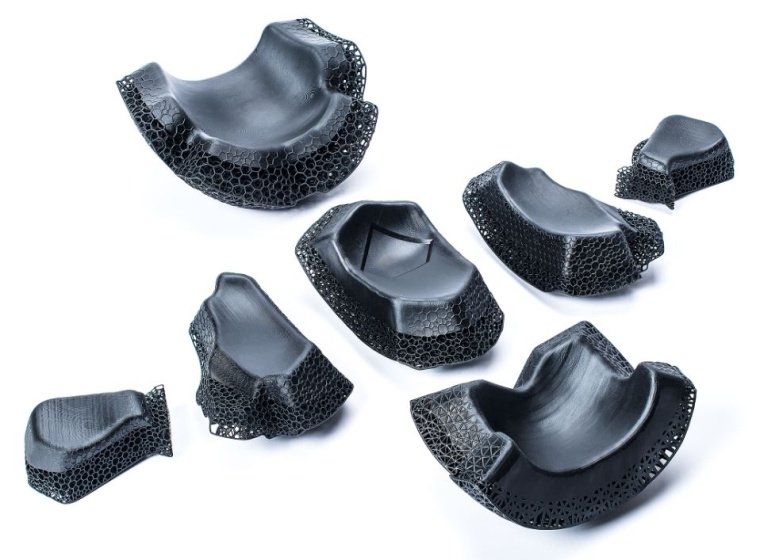
Sensors also make the helmet intelligent and collect data in the event of an impact, which is sent to the support team in real time for analysis. This impact data is also used to further develop the helmet design and optimize the grid structure.
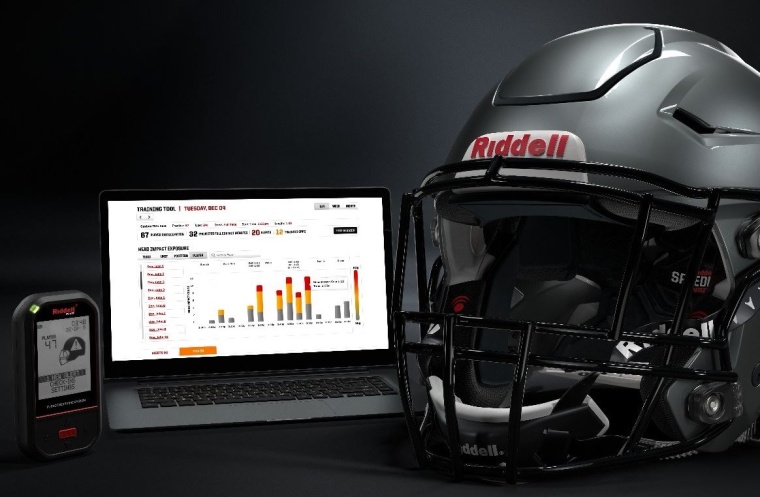
Schutt, another manufacturer, uses outer "tectonic plates" in its helmet model, which move independently of the rest of the helmet to soften rotational forces on impact.
And Vicis, a newcomer to the helmet market, literally turns the traditional helmet design of a hard polycarbonate outer shell with elastic inner lining on its head with its development. A rigid, padded plastic shell on the inside of the Zero-1 helmet still protects against skull fractures, but it is the outer surface made of a flexible polymer that deforms locally on impact and absorbs it - similar to a bumper on a car. The outer and inner layers of the helmet are connected by a matrix of columns that bend in all directions to absorb linear and, above all, rotational forces. (mr)
